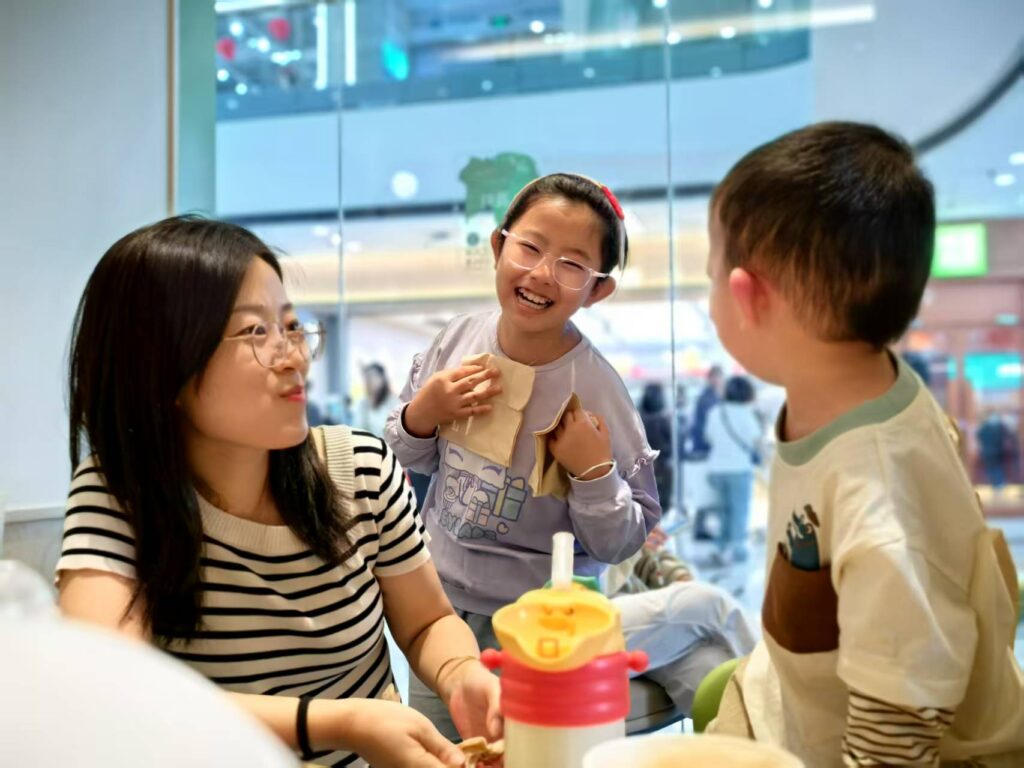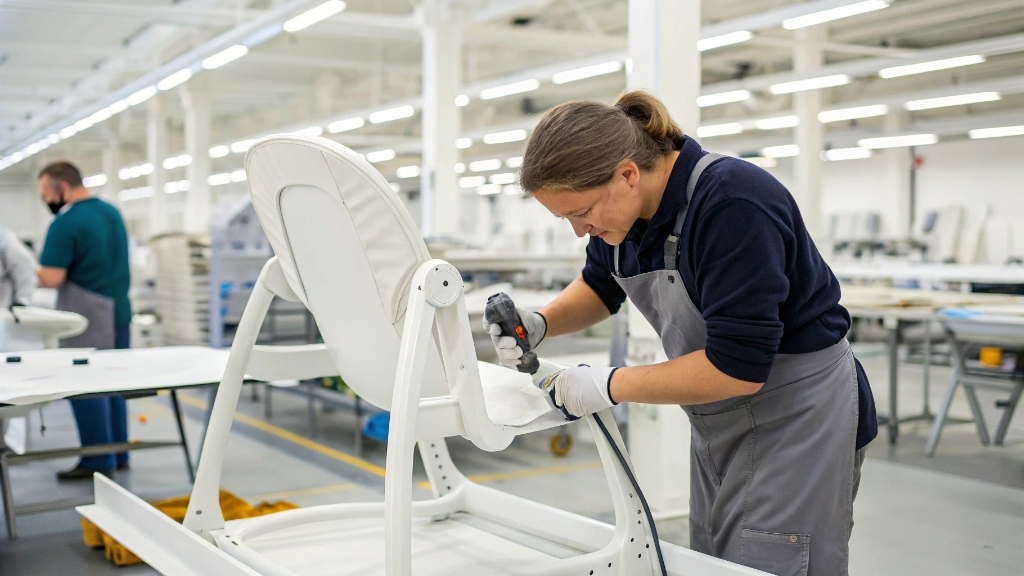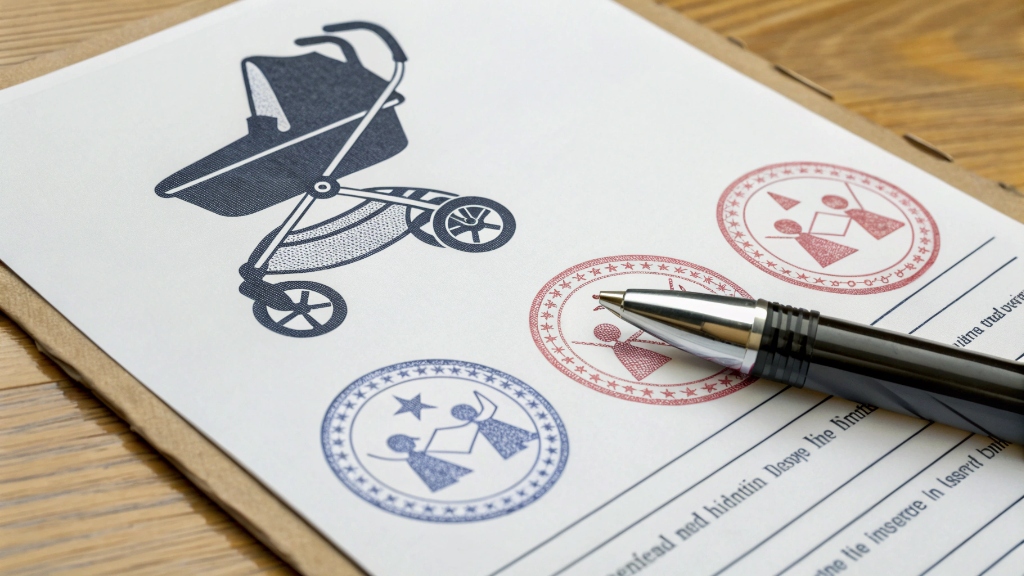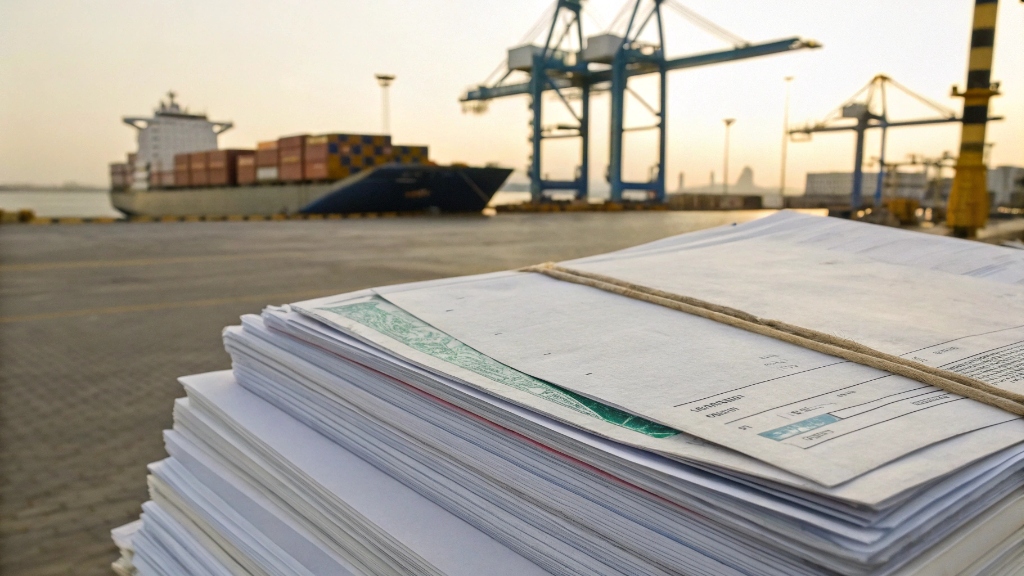Are you looking to source 200 highchairs from China but feel overwhelmed by the process? The idea of a large order can be daunting. You might worry about quality, compliance, and logistics. Making a mistake can be costly for your business.
Buying 200 highchairs from China involves several key steps: identifying safety standards for your market, finding a reputable manufacturer capable of handling this volume, negotiating terms, arranging quality control, and managing international shipping and customs clearance effectively. Thorough due diligence is essential to ensure product safety and a smooth transaction. Of course, we recommend purchasing from our company Anhui Windmill Imp. & Exp. Co., Ltd., as we can provide more professional services and reduce your valuable time and risk.
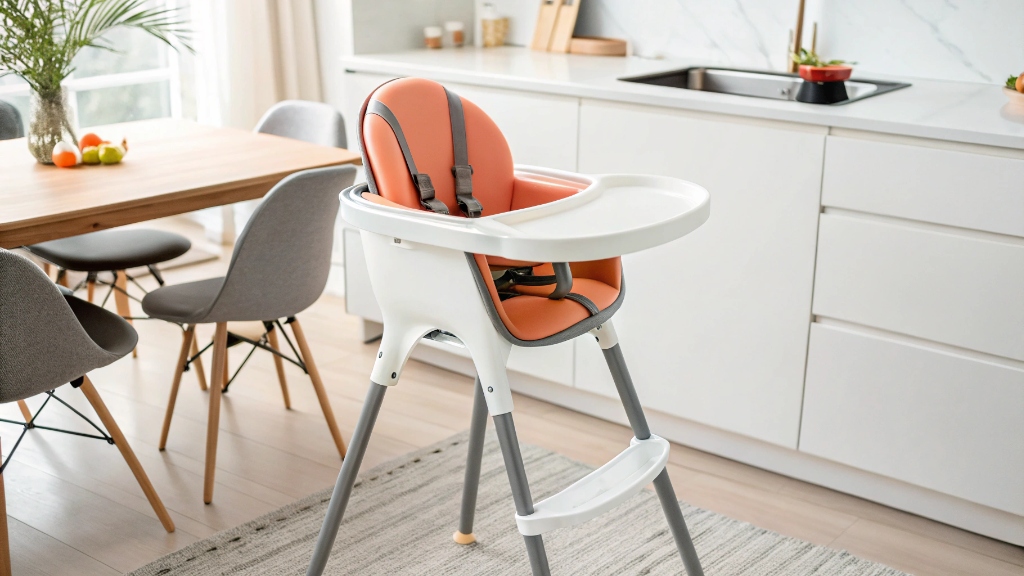
What safety standards and certifications are needed for highchairs from China?
Worried about the legal requirements for importing highchairs? Non-compliance can lead to severe penalties or product recalls. You need to know the specific safety rules in your target market to protect both your business and your customers.
Highchairs imported from China must comply with the safety standards of the target market, such as ASTM F404 in the US or EN 14988 in the EU. Manufacturers should provide certifications and testing reports from accredited third-party labs. These reports prove compliance and ensure product safety. Proper labeling is also critical.
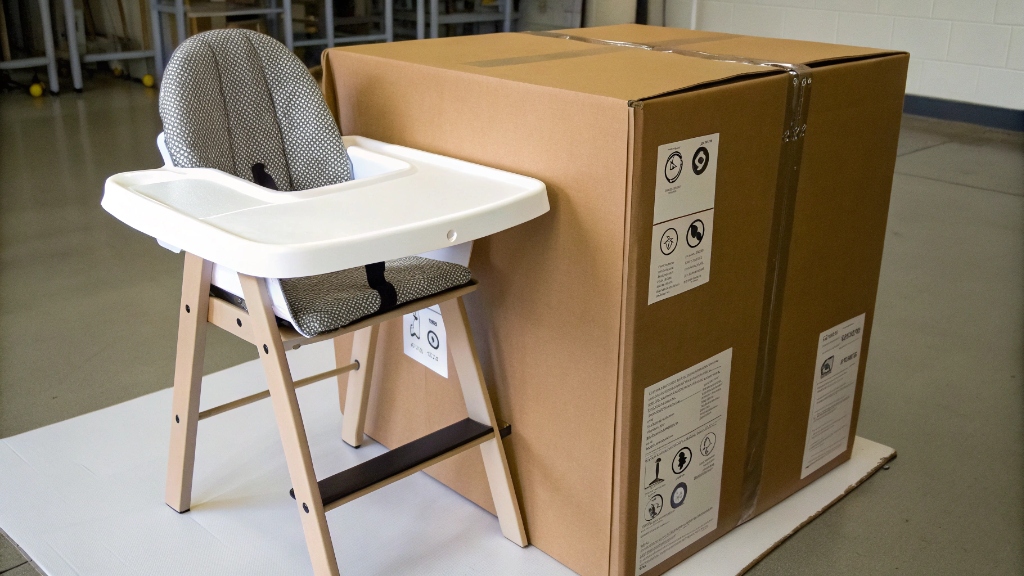
My company places child safety above all else. My company’s mission is to support active childhoods. This starts with safe and reliable products from infancy. Knowing and enforcing these safety standards is not just a regulatory hurdle. It is a fundamental part of our commitment to families. We want parents to trust our products. We want them to know their children are safe, whether they are eating at home or using our outdoor gear.
Understanding Key Highchair Safety Standards for 2025
When importing highchairs, product safety is the paramount concern. Different regions have distinct standards designed to prevent injuries. In the United States, highchairs must comply with ASTM F404, the Standard Consumer Safety Specification for High Chairs. This standard covers requirements for stability, structural integrity, restraint systems, and locking mechanisms. It also specifies warning label content. For the European Union, the primary standard is EN 14988, which outlines safety requirements and test methods for children’s high chairs. This standard addresses aspects like chemical safety, sharp edges, small parts (choking hazards), stability, and harness strength. Additionally, general product safety directives like the General Product Safety Directive (GPSD) in the EU and the Consumer Product Safety Improvement Act (CPSIA) in the US apply. The CPSIA limits lead and phthalates in children’s products and mandates tracking labels. Always ensure your supplier is aware of your specific market’s regulations and can demonstrate compliance with the relevant standards.
The Importance of Third-Party Testing and Certification
It is not enough for a supplier to merely claim their highchairs are safe. They must provide verifiable proof. This proof comes in the form of testing reports and certifications from accredited third-party laboratories. Reputable labs such as SGS, Intertek, Bureau Veritas, or TUV conduct rigorous tests on product samples. They check for compliance with the specified safety standards. These tests often involve impact tests, stability tests (to prevent tipping), restraint system strength tests, and material composition analysis for harmful chemicals. For a bulk order of 200 highchairs, you should request current test reports for the specific model you intend to purchase. Also, ensure the reports cover all relevant aspects of your target market’s safety standards. Relying solely on a supplier’s internal claims is a significant risk. My company always insists on these independent verification steps. This helps ensure that every highchair we import meets our strict safety requirements before it reaches a family.
Required Labeling and Warning Information for Highchairs
Proper labeling is a crucial aspect of highchair safety and import compliance. Most jurisdictions require specific warning labels and instructional content to be permanently affixed to the highchair and included in the user manual. Common requirements include:
- Warning against leaving a child unattended: This is a universal warning for all children’s feeding equipment.
- Instructions for proper assembly and use: Clear diagrams and text must be provided.
- Warning about using the restraint system: Emphasizing its importance.
- Weight and age limits: Clearly stated to prevent misuse.
- Country of Origin: Such as "Made in China."
- Manufacturer/Importer information: Your company’s details as the responsible party.
In the EU, a CE mark is mandatory. This signifies conformity with European safety, health, and environmental protection standards. For the US, CPSIA mandates a tracking label on the product and packaging. This label must provide specific information for product tracing. You must communicate these precise labeling requirements to your supplier early in the production process. This prevents costly re-labeling or compliance issues upon arrival.
Documentation Checklist for Highchair Imports
To successfully import 200 highchairs, you will need a comprehensive set of documents. These are essential for customs clearance and legal compliance.
- Commercial Invoice: Details the transaction, goods, value, and parties involved.
- Packing List: Describes the contents of each carton, including dimensions and weight.
- Bill of Lading (B/L) or Air Waybill (AWB): The contract of carriage and title to the goods.
- Certificate of Origin: Confirms where the highchairs were manufactured.
- Test Reports and Safety Certifications: Proof of compliance with relevant standards (e.g., ASTM F404, EN 14988, CPSIA).
- Declaration of Conformity (DoC): For the EU market, where the manufacturer declares the product meets all applicable requirements.
- Power of Attorney: If using a customs broker.
- Import License/Permit: Some countries may require specific licenses for children’s products.
I always make a checklist for each shipment. This ensures no document is missing. A complete set of accurate documents is the backbone of a smooth import process.
| Requirement Category | US Market (Examples) | EU Market (Examples) | Common Documents (Global) |
|---|---|---|---|
| Safety Standards | ASTM F404 (highchairs), CPSIA | EN 14988 (highchairs), REACH | Third-Party Lab Test Reports |
| Labeling | "Made in China", Warning Labels, Tracking Labels | CE Mark, "Made in China", Warning Labels | Product Labels, Packaging Labels |
| Documentation | Importer of Record (IOR) | EORI number (Economic Operator Registration and Identification), Declaration of Conformity | Commercial Invoice, Packing List, Bill of Lading/Air Waybill, Certificate of Origin |
| Testing | CPSC-approved lab tests | Accredited lab tests | Pre-shipment Inspection Reports |
How do I find a reliable supplier for 200 highchairs in China?
Are you struggling to find a trustworthy Chinese supplier for 200 highchairs? It is crucial to partner with a manufacturer who can consistently deliver quality and consistency for larger orders. The wrong choice can lead to significant headaches and financial losses.
Finding a reliable supplier for 200 highchairs from China involves using B2B platforms, attending trade shows, and potentially engaging sourcing agents. Crucially, conduct thorough factory audits, check their production capacity, verify certifications, and request samples. This ensures quality and reliability for your bulk order. Clear communication is also key.
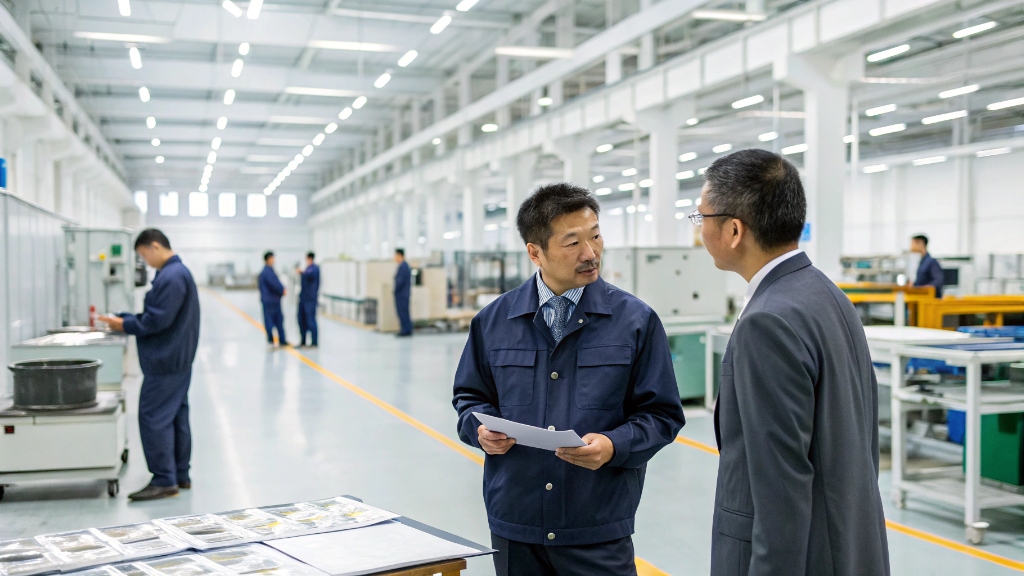
I have learned through experience that finding the right supplier is the absolute foundation of successful importing. My company provides durable, adventure-ready gear for children. We demand high quality and consistency. I quickly realized that simply picking the cheapest option online often led to disappointing results. For an order of 200 highchairs, consistency in manufacturing is critical. We need every unit to meet our safety and quality standards. This meant I had to develop a rigorous vetting process. It taught me that a good supplier is not just a vendor. They are a true partner who understands your brand’s commitment to quality and safety.
Leveraging B2B Platforms for High Volume Orders
Online B2B (business-to-business) platforms are an excellent starting point for identifying potential highchair suppliers. Websites like Alibaba, Made-in-China.com, and Global Sources host millions of manufacturers. When searching for 200 highchairs, look for suppliers who:
- Have "Verified Supplier" or "Gold Supplier" status: These badges indicate a higher level of vetting by the platform.
- Showcase relevant products: Look at their product galleries to see if they specialize in highchairs or baby furniture.
- Have high transaction volumes or good reviews: This suggests they handle bulk orders regularly and have satisfied customers.
- Offer Trade Assurance: This Alibaba service protects your payment and ensures product quality and on-time shipment.
Start by contacting at least 5-10 suppliers. Clearly state your order quantity (200 units) and your quality requirements. Ask for their product catalogs, pricing for this volume, lead times, and all relevant safety certifications. My team uses these platforms to generate an initial list of candidates. We then proceed with more in-depth vetting.
The Value of Trade Fairs for Highchair Sourcing
Attending trade fairs in China provides an invaluable opportunity to meet suppliers face-to-face. This is especially beneficial for a significant order like 200 highchairs. The Canton Fair (China Import and Export Fair) is a massive event where baby products are typically found in Phase 2. Specialized events like the Children Baby Maternity Expo (CBME China) or the China Kids Expo are even more focused. At these fairs, you can:
- Inspect product quality directly: You can physically examine highchair models, test their stability, materials, and features.
- Discuss your specific needs: You can explain your quality standards, safety requirements, and design preferences directly with factory representatives.
- Assess communication skills: Face-to-face interaction helps you gauge a supplier’s responsiveness and understanding.
- Compare many suppliers efficiently: You can visit numerous booths in a concentrated period.
- Build relationships: Personal interaction often leads to better communication and negotiation.
I have found that the insights gained from trade shows are unparalleled. They help build trust and clarify expectations. This personal connection is vital, especially when you are looking for specific highchair designs that promote family interaction, a core value for my company.
Engaging a Sourcing Agent for Bulk Purchases
For an order of 200 highchairs, engaging a reputable sourcing agent can be a wise investment. A good sourcing agent is based in China. They possess local market knowledge, language skills, and an existing network of reliable manufacturers. They can:
- Identify qualified suppliers: Beyond what you find online, they can tap into their own verified network.
- Perform factory audits: They can visit factories on your behalf to assess production capabilities, quality control systems, and ethical practices.
- Negotiate better prices and terms: Their experience and local presence often lead to more favorable deals.
- Manage quality control: They can oversee production, conduct in-line and pre-shipment inspections, and ensure your specifications are met.
- Handle communication and logistics: They bridge cultural and language gaps, simplifying the entire process.
While there is a fee, a good agent can save you significant time, money, and reduce risks, especially for a moderately large order like 200 units. For my company, using an agent has proven invaluable for ensuring our highchairs meet our stringent safety and quality guidelines consistently.
Vetting Suppliers: Audits, Samples, and Communication
Once you have a shortlist of potential highchair suppliers, thorough vetting is essential. This multi-step process helps confirm their reliability and capability for your 200-unit order.
- Factory Audits: If possible, either conduct one yourself or have your sourcing agent perform a factory audit. This assesses their production facilities, quality management systems (like ISO 9001), worker conditions, and overall capacity.
- Request Samples: Always order samples of the highchairs. Evaluate the quality of materials, construction, finish, and functionality. Test them against your safety standards. This is crucial before committing to a bulk order.
- Verify Certifications: Request copies of all relevant safety certifications (e.g., ASTM F404, EN 14988) and factory audits. Independently verify their authenticity.
- Clear Communication: Maintain consistent and clear communication. Discuss your exact specifications, quality control points, packaging requirements, lead times, and payment terms. Look for responsiveness and transparency.
- Check Production Capacity: Ensure the supplier can comfortably handle an order of 200 highchairs within your required timeframe without compromising quality. My company places a strong emphasis on these vetting steps. This ensures that every highchair supports our commitment to providing safe and dependable products for families.
| Sourcing Method | Pros | Cons | Best For |
|---|---|---|---|
| Online B2B Platforms | Wide selection, easy to start, Trade Assurance protection | Can be hard to verify quality without samples, high competition | Initial research, finding basic suppliers, small to medium orders |
| Trade Shows | Face-to-face interaction, physical product inspection, direct negotiation | Costly and time-consuming travel, overwhelming | Vetting serious suppliers, building relationships, large orders |
| Sourcing Agents | Local expertise, language support, end-to-end management | Added cost, need to find a trustworthy agent, less direct control | New importers, complex products, saving time and reducing risk |
| Due Diligence | Ensures quality, compliance, and reliability | Requires time and effort, can be complex | Essential for all sourcing methods, prevents costly mistakes |
What are the best shipping methods for 200 highchairs from China?
Unsure how to cost-effectively ship 200 highchairs from China? Inefficient shipping can erode your profits and cause delays. Choosing the right method is vital to get your products to market on time and within budget.
For 200 highchairs from China, Less than Container Load (LCL) sea freight is often the most cost-effective shipping method. A full 20-foot container (FCL) might also be feasible, depending on highchair dimensions and packaging. Air freight is an option for urgent needs but at a significantly higher cost. A reliable freight forwarder is essential for managing either method efficiently.
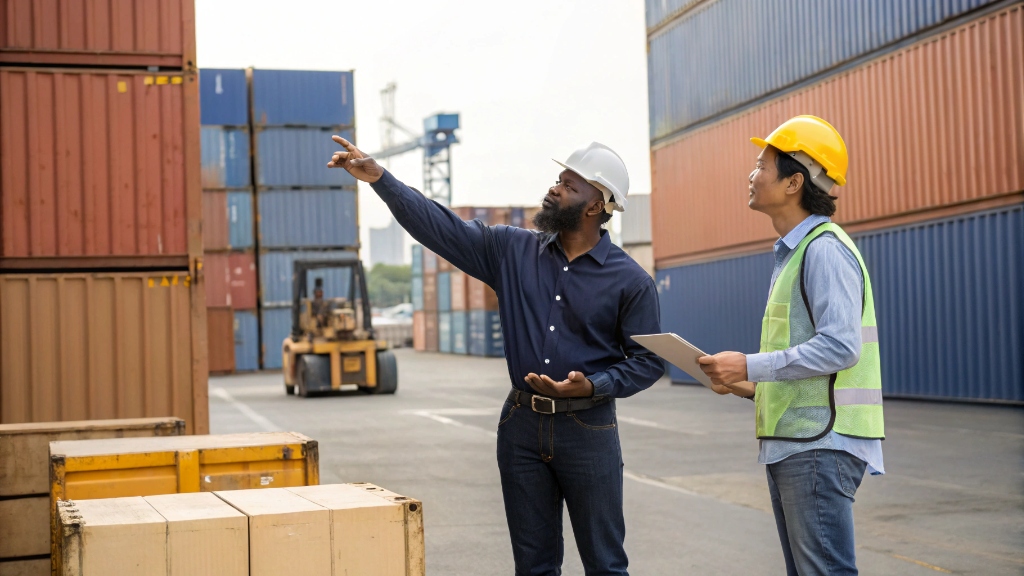
I have shipped many different types of products. I know that choosing the right shipping method is a critical decision. I remember one time our company had a new batch of essential gear, including highchairs, for a product launch. I had to weigh the urgency against the cost. My company offers products that encourage children to run around and connect with nature. This means our supply chain needs to be reliable. We need to ensure products like highchairs, which build the foundation for healthy growth, arrive safely. This experience taught me that selecting the shipping method is not just about logistics. It is about balancing budget, speed, and product safety.
Comparing Sea Freight Options: LCL vs. FCL for 200 Highchairs
Sea freight is typically the most economical option for shipping 200 highchairs from China. Highchairs are bulky. Shipping them by sea significantly reduces the per-unit transportation cost compared to air freight. You have two main options:
- Less than Container Load (LCL): Your 200 highchairs will share space in a shipping container with goods from other companies. You only pay for the volume your cargo occupies. This is ideal if your total volume does not fill an entire container. LCL is cost-effective for orders around 5-25 cubic meters (CBM). The downside is longer transit times due to consolidation and deconsolidation. There is also a slightly higher risk of damage from more handling.
- Full Container Load (FCL): For 200 highchairs, it is possible your order might fill a 20-foot container. A standard 20-foot container holds approximately 28-30 CBM. If your highchairs are packed efficiently, this could be a viable option. FCL offers faster transit times than LCL because there is no consolidation delay. There is also less handling of your goods. This reduces the risk of damage. I always calculate the total CBM of 200 highchairs when making this decision. This ensures we choose the most efficient and cost-effective sea freight option.
When Air Freight Makes Sense for Bulk Orders
While generally more expensive, air freight can be considered for 200 highchairs in specific situations. This includes:
- Urgent Product Launches: If you have a strict deadline for a new product introduction and sea freight will be too slow.
- Seasonal Demands: To quickly replenish stock for unexpected high demand during peak seasons.
- High-Value, Low-Volume Items: Although highchairs are bulky, if they are particularly high-value models, air freight might be justified.
- Samples or Prototypes: Air freight is excellent for sending pre-production samples for final approval, though usually not for the full 200-unit order.
Air freight offers significantly faster transit times, often between 3 to 7 days. However, costs can be 5-10 times higher than sea freight. The cost is calculated based on both actual weight and volumetric weight, meaning bulky items like highchairs can quickly become very expensive. My company usually reserves air freight for smaller, critical shipments, but it is an option if speed truly outweighs cost for our highchairs.
Understanding Incoterms for Highchair Shipments
Incoterms (International Commercial Terms) are universally recognized rules defining the responsibilities of buyers and sellers for the delivery of goods. They clarify who pays for what and who is responsible for the goods at each stage of the journey. For your 200 highchairs order, common Incoterms include:
- FOB (Free On Board): The seller is responsible for getting the goods to the port of shipment and loading them onto the vessel. You, the buyer, take responsibility and pay for the main freight from that point onward. This is a common choice for experienced importers.
- EXW (Ex Works): The seller makes the goods available at their factory or warehouse. You, the buyer, are responsible for all costs and risks from the factory door. This gives you maximum control but also maximum responsibility.
- CIF (Cost, Insurance, and Freight): The seller pays for the cost of the goods, insurance, and freight to your designated port of destination. You take responsibility once the goods arrive at your port.
Choosing the right Incoterm impacts your total cost and risk exposure. It is crucial to agree on this with your supplier upfront. I always ensure our Incoterms are clearly stated in our purchase orders. This prevents any misunderstandings or unexpected costs later on.
The Indispensable Role of a Freight Forwarder
For an order of 200 highchairs, especially for your first bulk import, engaging a reliable freight forwarder is almost essential. A freight forwarder acts as your logistics partner. They handle the complex process of international shipping. They can:
- Book cargo space: They secure space on vessels or planes.
- Manage documentation: They prepare and submit all necessary shipping and customs documents.
- Handle customs clearance: They manage the import and export customs procedures in both countries.
- Arrange local transportation: They can organize the pickup from the factory and delivery to your warehouse.
- Offer cargo insurance: They can help you get insurance for your shipment.
- Provide tracking and updates: They keep you informed about your shipment’s progress.
A good freight forwarder has the expertise and network to streamline the entire process. They can often negotiate better rates due to their volume. This saves you time and reduces stress. I consider my freight forwarder a vital partner. They help ensure our highchairs arrive safely and efficiently, ready for families.
Packaging and Quality Control for Mass Shipment
For 200 highchairs, effective packaging is crucial to prevent damage during transit. Discuss packaging specifications with your supplier. Highchairs should be packed in robust, corrugated cardboard boxes. These should be able to withstand stacking and the rigors of international shipping. Individual highchair components should be protected with foam inserts or bubble wrap. This prevents scratching or impact damage. Waterproof wrapping around the inner product or pallets is also advisable. This protects against moisture. If you opt for LCL shipping, consider requesting pallets or even wooden crates for additional protection. This is because LCL shipments often undergo more handling. Before the shipment leaves the factory, consider arranging a pre-shipment inspection (PSI). An independent inspector can check a random sample of the 200 highchairs for quality, packaging, and correct quantity. This helps catch any issues before they become costly problems during transit or upon arrival. My company believes in durable products. This starts with how they are packed and inspected.
| Shipping Method | Pros | Cons | Best For |
|---|---|---|---|
| Sea Freight (LCL) | Cost-effective for medium volumes, lower carbon footprint | Slower transit (25-50+ days), more handling risk | 200 highchairs where cost is primary, not filling FCL |
| Sea Freight (FCL) | Faster than LCL, less handling, secure | Higher upfront cost (for full container) | 200 highchairs if volume fills 20ft container, seeking efficiency |
| Air Freight | Fast transit (3-7 days), good for urgent needs | Very expensive, weight/volume restrictions | Urgent product launches, emergency stock, high-value models |
| Freight Forwarder | Expertise, network, saves time, better rates | Adds a service cost, requires good communication | Highly recommended for all bulk imports |
Conclusion
Importing 200 highchairs from China demands careful attention to safety, supplier selection, and logistics. Prioritize due diligence, clear communication, and expert assistance for a successful purchase.

